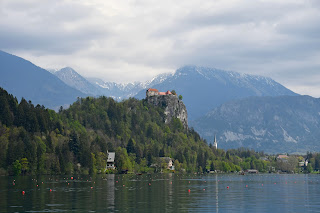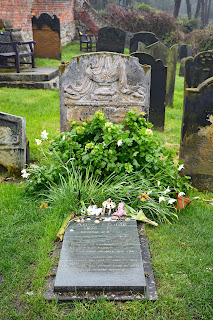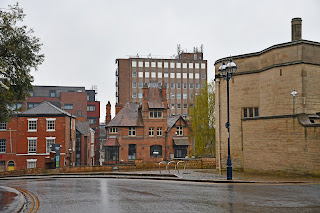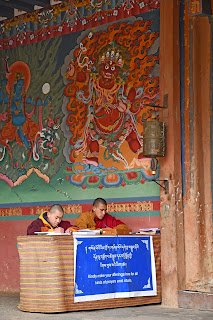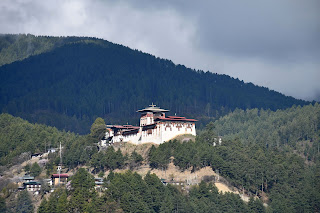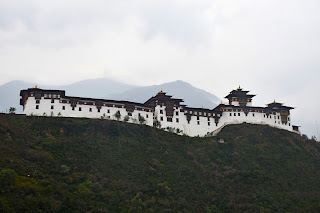Balkans Road Trip: Day 5 – Plitvice and Zadar

Today was a major driving day. Charting an eastward course, I drove for three hours straight, after which we took a short break to refill the tank and empty ourselves. We then drove another half an hour to Plitvice Lakes National Park. Yang navigated for much of the journey, as our GPS refused to send us along the tolled highway. Holding her phone with Google Maps open so that I could see it, she would give me the occasional heads up when we were approaching a turn.


